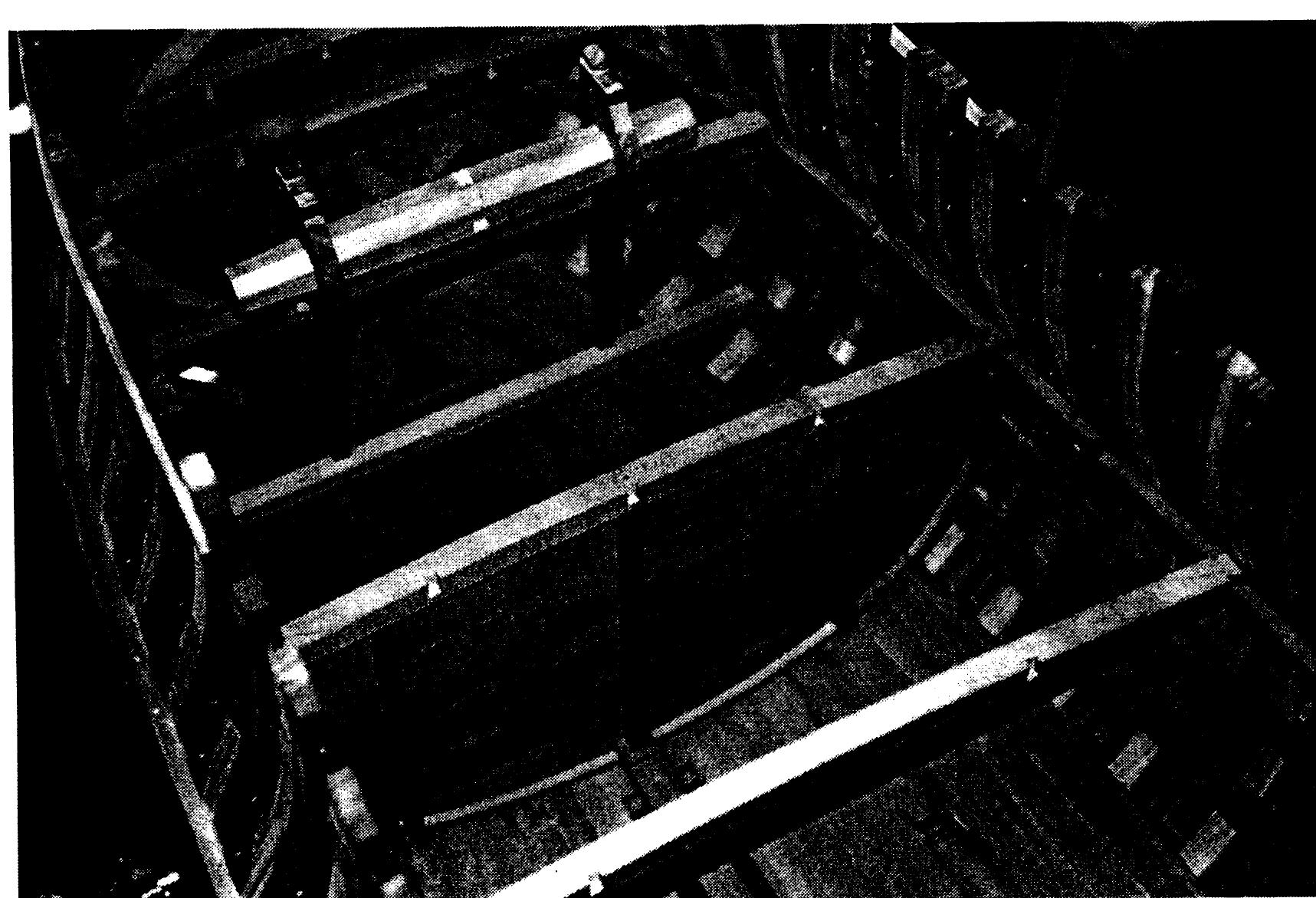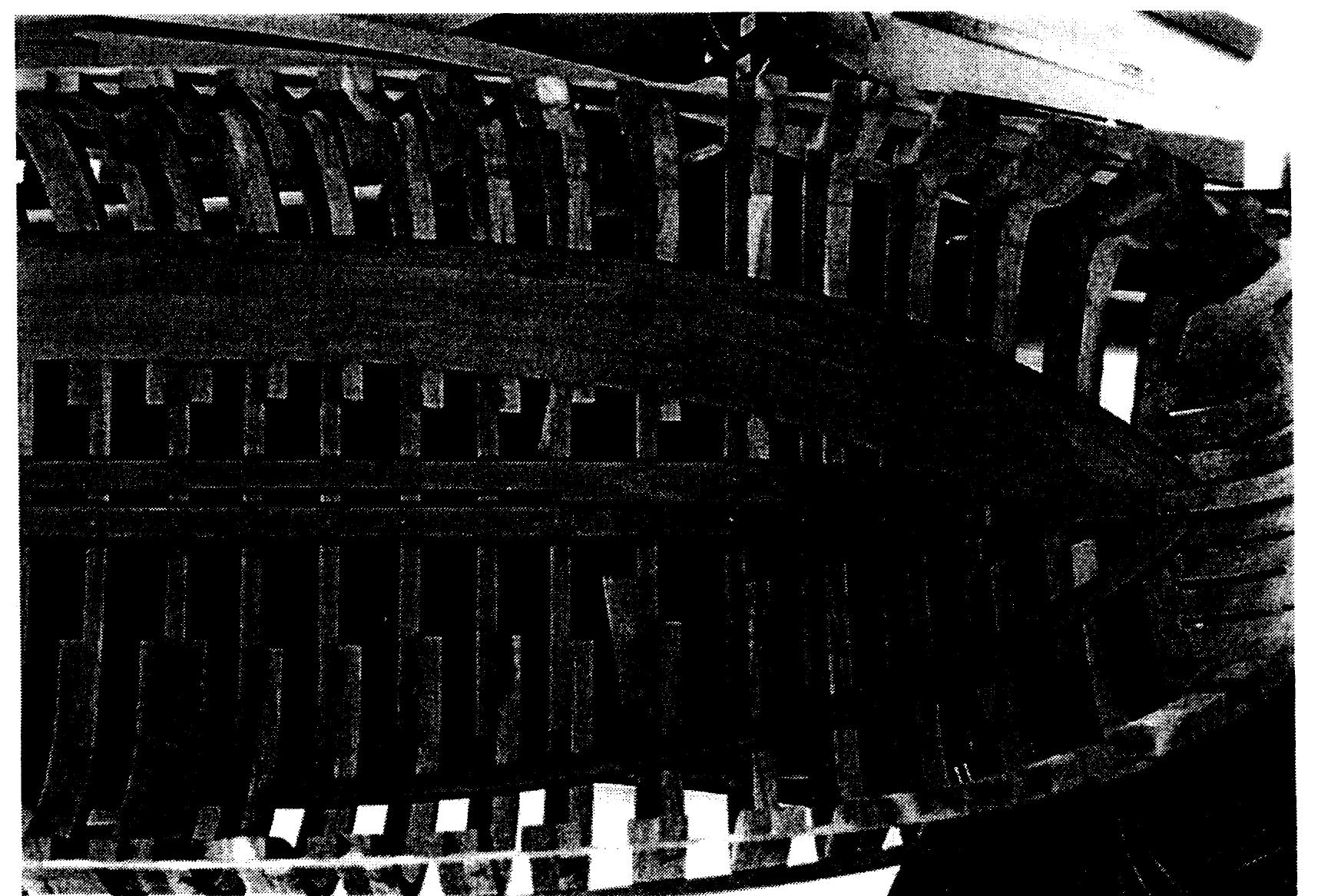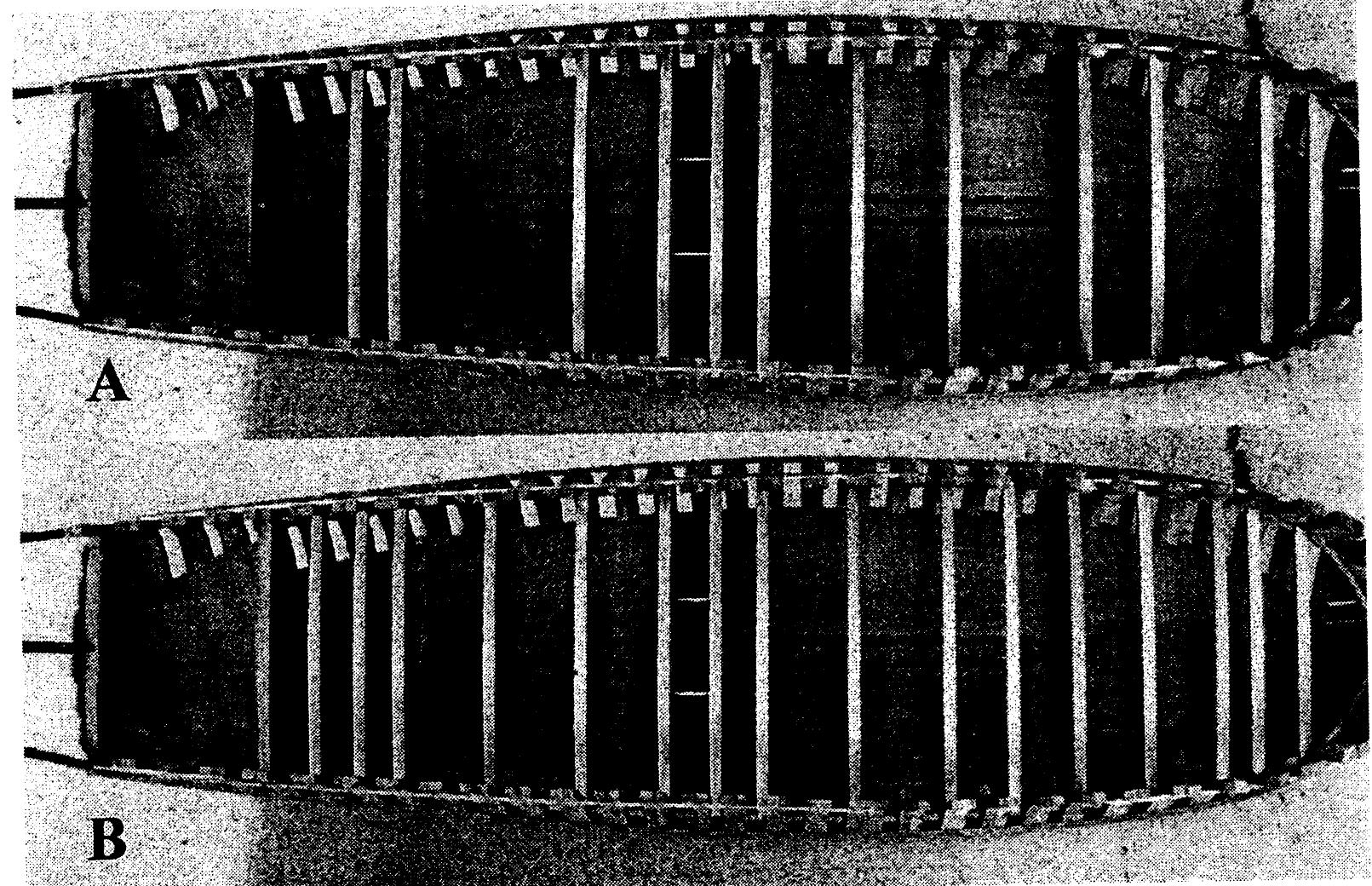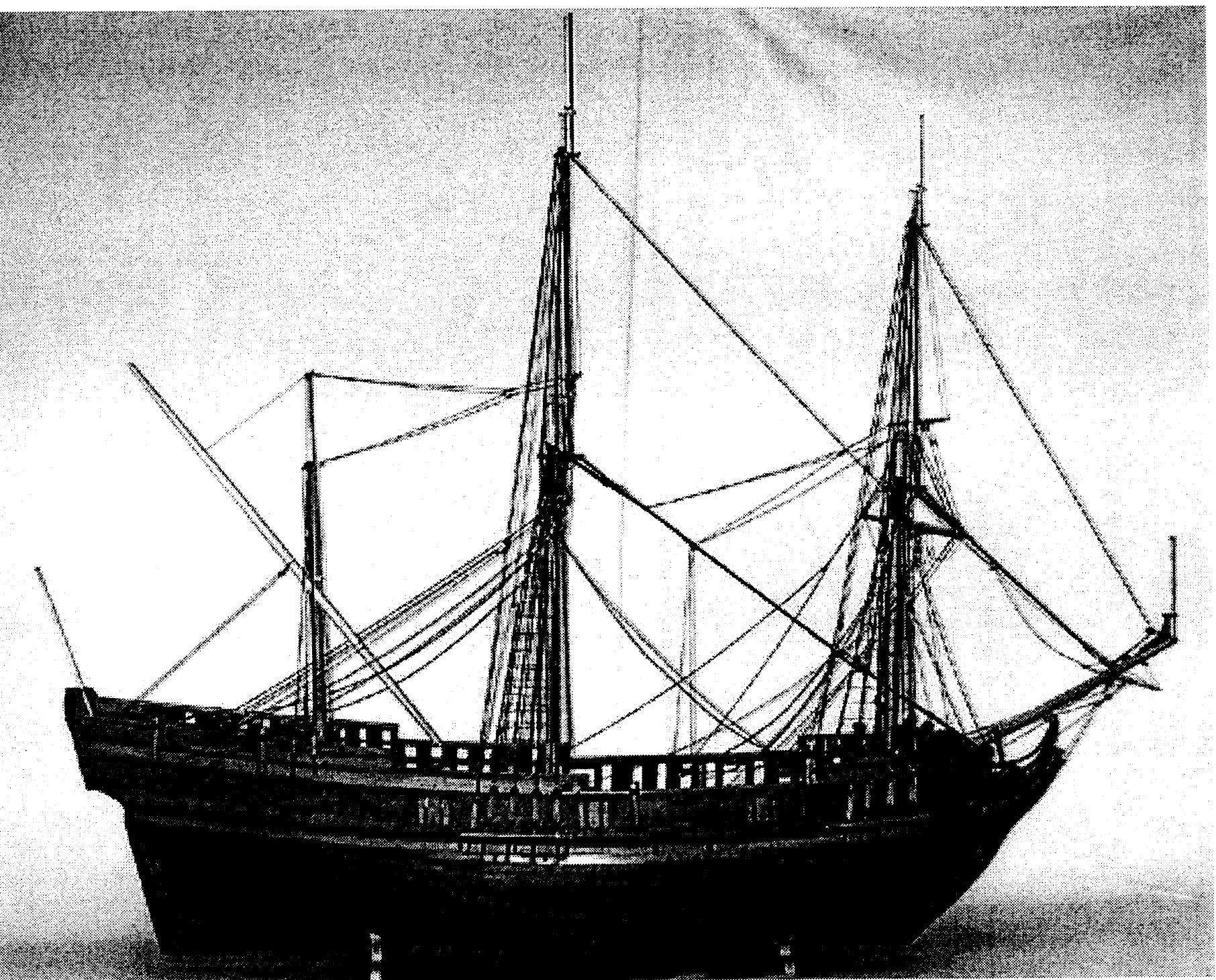Grenades (typically hand thrown fragmentation bombs) can be found in the shipwreck archaeological assemblages of both VOC (the Verenigde Oostindische Compagnie or Dutch East India Company) ships and non-VOC ships from the age of sail...
moreGrenades (typically hand thrown fragmentation bombs) can be found in the shipwreck archaeological assemblages of both VOC (the Verenigde Oostindische Compagnie or Dutch East India Company) ships and non-VOC ships from the age of sail during the 17th & 18th century. Grenade construction during this period of study is examined utilising various contemporary Seaman's Dictionary definitions. The range of hand thrown grenades is identified from historical sources/references and experimental archaeological research, with this range significantly increased through use of a grenade launcher. Grenade launchers from the 17th and 18th century are identified and discussed, completing with a comparative analysis between these grenade launchers and more modern 20th century versions. Experimental archaeological research examining the physical effects and potential wounding effects of a period appropriate grenade is discussed, as is the possibility of concussive effects (mTBI - Minor Traumatic Brain Injury) and psychological effects (Combat Stress and PTSD). Grenades can been found in the shipwreck archaeological assemblages of the VOC ships of the Batavia (1629), the Avondster (1659), the Hollandia (1743) and the Princess Maria (1686) and in the non-VOC naval shipwreck archaeological assemblages of ships such as the British Royal Navy's HMS Association (1707) and the French Navy's Machault (1760) as well as North American Atlantic coast shipwrecks of the Spanish Cabin (1715), San Jose (1733) and San Rafael (1733). A comparative analysis was performed using characteristics such as size (type) and weight between the VOC shipwreck grenades and the non-VOC shipwreck grenades, period comparable museum replica grenades and contemporary Seaman's Dictionary grenade details where appropriate. This study enabled six conclusions to be discerned regarding VOC shipwreck grenades. Firstly, they cannot really be attributed to cargo being atypical of VOC cargo and so can be attributed to the grenade complement issued to a VOC ship, that recovered 17th century VOC naval/navy grenades match the grenade types (dimensions and weight) seen in other nationality later navies and shipwrecks (supporting the assertion (Gilkerson 1993) that little changed in the physical form of the cast iron naval grenade during the golden age of sail in the 17th & 18th centuries, that there is a high degree of VOC naval grenade dimensional standardisation throughout the 17th century (e.g. the very near match between the 83.5 mm Batavia (1629) grenades and the 82mm Princess Maria (1686) grenades) which extends into the 18th century (e.g. the exact match between the 71 mm Princess Maria (1686) grenade and the 71 mm Hollandia (1743) grenade), that VOC naval grenades for the 3 inch (76.2 mm) diameter type have a real-world diametric range of 71mm-83.5mm, that 18th century VOC naval grenades (from the 1743 shipwrecked Hollandia) match a contemporary sea gunner's companion grenade size guide (Mountaine 1747), that there is a positive correlation in the VOC navy between the size of a ship and its number of guns with the grenade complement issued (the 18-gun 260-ton Vergulde Draeck (1656) being issued with 20 grenades and the 30-gun 600-ton Batavia (1629) being issued with 130 grenades) and the caveat that VOC naval/navy grenades recovered from VOC shipwrecks could be part of the combat equipment of the 33% of VOC army soldiers aboard a VOC ship on its outward bound voyage who were destined for overseas service. This study also contains critical evaluative elements regarding the grenade chapter within Gilkerson's seminal firearms and combustibles in the age of fighting sail book 'Boarders Away! Volume II'.








































































































































